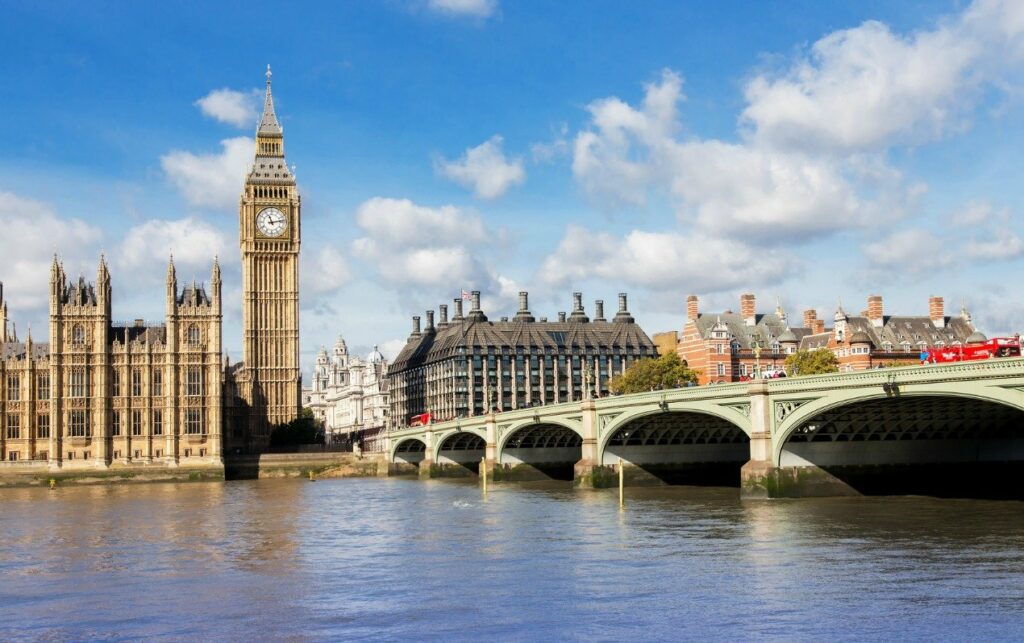A piece in National Geographic says Rome’s a goner due to climate change. Where Alaric and his Visigoths failed, global warming is now bringing the eternal city to ruin. Well, that and comically bad land-use planning that means Italy’s modest warming gets greatly amplified by Urban Heat Island effects, and its rainfall has fewer and fewer places to go because nobody bothered to build drains as the city sprawled leading to inevitable flooding problems. But never mind that, it’s all due to climate change because post hoc ergo propter hoc, QED.
The piece starts with the usual blast of selective alarums:
“Since 2008, extreme rainfalls have increased in frequency and intensity, and roughly 20 of the most extreme events recorded between 2010 and 2020 caused significant floods in the urban area, according to the Euro-Mediterranean Center on Climate Change. Even moderate rainfall regularly turns some streets of the city, which is spread out on the hills, into paved rivers flowing toward the low areas, inundating subway stops and underpasses. Severe heat waves are the flip side of the climate coin. In the last two decades, average temperatures in Rome have risen by 3.6 degrees Celsius compared to the period between 1971 and 2000, and the number of heat-related deaths among adults aged 50 and over has increased by 22 percent.”
Proof positive… unless you happen to know that even the IEA says “Italy’s average annual temperature has increased at a rate of 1°C in the last 100 years” which means about 3.1C of the 3.6 C warming since 1971 in Rome must be due to something other than climate warming.
Whatever can it be? Well, we don’t want to say zealotry can blind a person even to the things they themselves are saying. But, the piece eventually blurts out while discussing mitigation that:
“Rome is increasingly dotted with urban heat islands, where mortality among people over 65 is twice as much compared with green areas. Researchers estimate that increasing tree coverage and investing in green urban infrastructures could reduce mortality by 200 units per year.”
So poor land-use decisions explain the apparent increase in temperature. And, we surmise, the apparent increase in flooding.
No really. NG eventually concedes that Rome’s problems are basically man-made, and we don’t mean climate change. It cites research by “Andrea Filpa, an architect and urban planner at the University Roma Tre who co-authored the first vulnerability map of Rome” that:
“highlighted some of the city’s main obstacles to adapting to climate change. For instance, more than 90 percent of the urban area is covered in impermeable soil, which prevents water from draining. Several neighborhoods don’t have effective sewage systems, making those areas prone to flooding. Some districts near the coast were reclaimed in the 19th century and are now below sea level, requiring constant water pumping to keep them dry. The city also has one of the highest concentrations of illegal buildings among European capitals, and it is an administrative behemoth covering an area two-thirds larger than New York City.”
But of course just because it’s not climate doesn’t mean it’s not climate:
“The city is built on a hydraulic balance that is designed for a pre-industrial climate. A massive flood of the Tiber River would be devastating, and it is not a question of if it will happen, but when.”
We’re guessing 1598. OK, not guessing. See, the piece explains that the Tiber has always flooded, often devastatingly, but now climate will be going to have done it:
“Aldo Fiori, an hydraulic engineer at the University Roma Tre and a leading expert on Rome [sic] water system, modeled the next floods of the Tiber on the basis of information on the most recent ones, simulating their extension and depth assuming events with different return periods. In every scenario, the Pantheon ends up filled with at least eight feet of water and the whole historic center is severely damaged. ‘The Tiber has always flowed over the millennia, the first recorded flood dates back to the fifth century BC, but what really boosts the lasting impact of these events is the amount of impermeable soil that the water encounters,’ Fiori says, while showing 3D apocalyptic simulations of floods that actually reproduce likely scenarios. The flood of 1598, the most damaging ever recorded in Rome, killed an estimated 3,000 people, which was around 3 percent of the city’s population at the time.”
Then there was the one in December 1870. Yes, folks, as the Little Ice Age was winding down:
“The great flood of December 1870, just a few months after the Italian Army captured Rome and dissolved the Papal States, prompted Giuseppe Garibaldi, the hero of Italy’s unification, to submit an incredibly ambitious project to divert the Tiber and forever spare Rome from floods and malaria.”
It was not done. But don’t worry. The virtue-signalers are now on the job:
“In 2021, Rome’s city council voted on a plan to achieve a 51 percent reduction of greenhouse gas emissions by 2030. The Office for the Climate is working to present an adaptation strategy by next fall.”
So the thing they can’t do that wouldn’t matter even if they could is in the bag, and the one they could do that might help is on some committee’s agenda for after lunch. Of next year.



The Pantheon and other Roman edifices have been around for more than 1600 years, which only goes to show that good engineering and construction tends to last a very long time provided nobody mucks around with it in misbegotten attempts to preserve it. Perhaps the same could be said of Planet Earth - the only things likely to make it uninhabitable are misbegotten attempts to counteract imaginary problems, such as covering the landscape with windmills and solar panels.